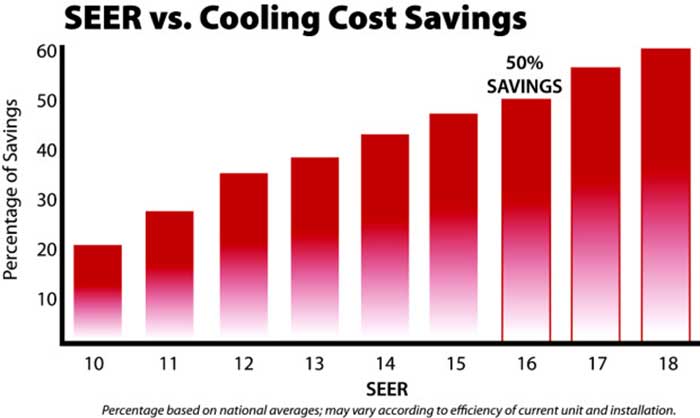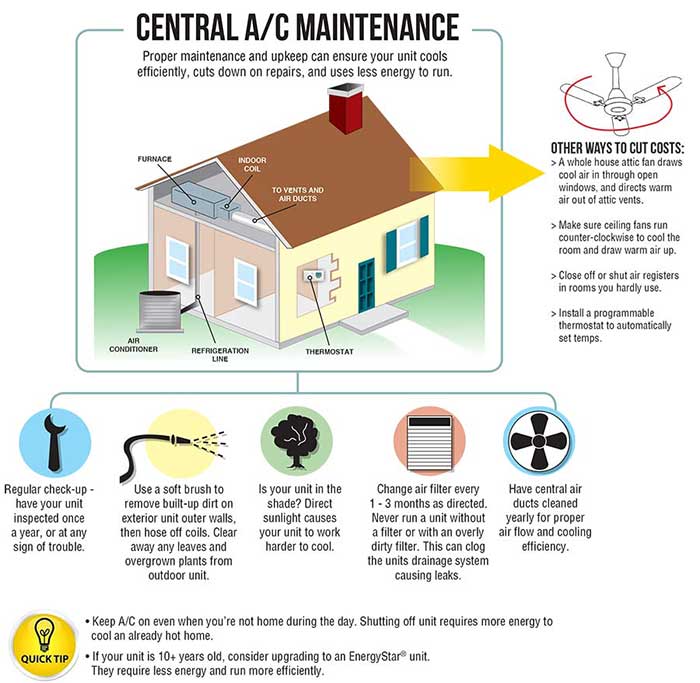Air Innovations LLC Explains How to Change an AC Filter
Though they are a feature of the home that tends to go overlooked, air conditioning filters are vital to indoor air quality. AC filters not only help keep your home’s air clean, but they also contribute to your entire HVAC system working more efficiently. To ensure your air conditioning filter is effectively doing its job, it’s essential to change it when you notice a buildup. Over time, dust, debris, allergens, and various particles will accumulate in the filter as your system pulls in air. Don’t worry! This is normal and means your air conditioning filter is working correctly. The problem is, dirty AC filters block the free flow of air and drastically reducing the efficiency of your cooling system. Learning how to maintain your air conditioning filter properly will ensure your HVAC system is running reliably.
Locating Your Air Conditioning Filter
It may seem self-explanatory but finding your air conditioning filter can be one of the hardest aspects of actually changing your filter. When looking within a home or business, there are several places your HVAC system and AC filter could be located. Typically, your filter will be found in the following locations:
- Central air return register – this is a larger sized grille often situated in an open area of the home, such as the wall, ceiling, or floor. The AC filter can be found behind the grill, which you will probably need a screwdriver to remove.
- Air handler – homes that have multiple return registers will often have AC filters that are installed right in front of the air handler. Look for a long, narrow slot on your HVAC system; you should be able to slide the filter right out.
- Window unit – you will find this AC filter in, you guessed it, your window. The filter will be located directly behind the place on the unit where the cold air is released.
Some homes and businesses have multiple HVAC systems, which will require you to search several locations and make AC filter replacements accordingly. Some possible areas of the house to check for your HVAC systems include:
- Attics
- Garages
- Basements
- Crawlspaces
- Small Closet (for apartment owners)
When it comes to the filter itself, look for a slot containing that will look like a large windowpane with a frame made of cardboard or plastic. The inside portion of the air conditioning filter is typically ribbed or pleated in a crisscross design and will vary in color depending on the age of the filter. If after searching you are still unable to find your AC filter, contact our seasoned professionals at Air Innovations, LLC, and we’d love to assist you.
When to Change Your Air Conditioning Filter
Now that you’ve found where your air conditioning filters are located, you can begin checking to see if they need replacing. The are many factors that will indicate if your filter is no longer serving its purpose, which will affect energy efficiency, your home’s comfort levels, as well as air circulation and quality. Some tell-tale signs your AC filter needs changing are:
- The filter is noticeably gray in color and contains dirt and dust build up on its pleats and inner crevices
- You notice that your home has become dustier than usual
- Your cooling system is cycling longer than it typically would
- Your allergies seem to be acting up while in the home
- Your filter has been in use longer than the specific manufacturers recommended time-frame
The average air conditioning filter needs replaced every 90 days. If you or someone in your family has asthma or allergies, that time-frame drops to 42 days (change every six weeks.) Additionally, if you have pets living in your home that shed, you will want to replace your AC filter every two months to make up for excess hair buildup (the same time-frame will apply for people who smoke inside their home). A good rule of thumb: when in doubt, it’s always a better idea to replace your filter. They are relatively inexpensive and could save you from having to make some significant HVAC repairs in the future.
How to Change Your Air Conditioning Filter
Now that you are equipped with the necessary information surrounding air conditioning filtration, it’s time to change your AC filter. This is the easiest part of the entire process and can be completed in a few simple steps. To start,
- Carefully remove the dated filter. You should be able to pull the frame out of the designated slot with little to no force.
- Thoroughly wipe down the area around the slot with a damp washcloth, making sure to remove any dust or cobwebs that could hinder your new filter from working correctly.
- Date the new filter. This is an important step many tend to forget. By writing the replacement date on the frame of your new filter, it will make it easy to recall the last time it was replaced.
- Slide the new filter into place. There will be arrows on the frame indicating the direction in which the air will be pulled into the register/air handler. Make sure your filters arrows are pointing into the system, not towards the house.
It’s as simple as that! If when you are changing your air conditioning filter, and you notice excessive dust in return ducts, water around the air handler, or any other issues you’ll want to reach out to professionals as soon as possible.







